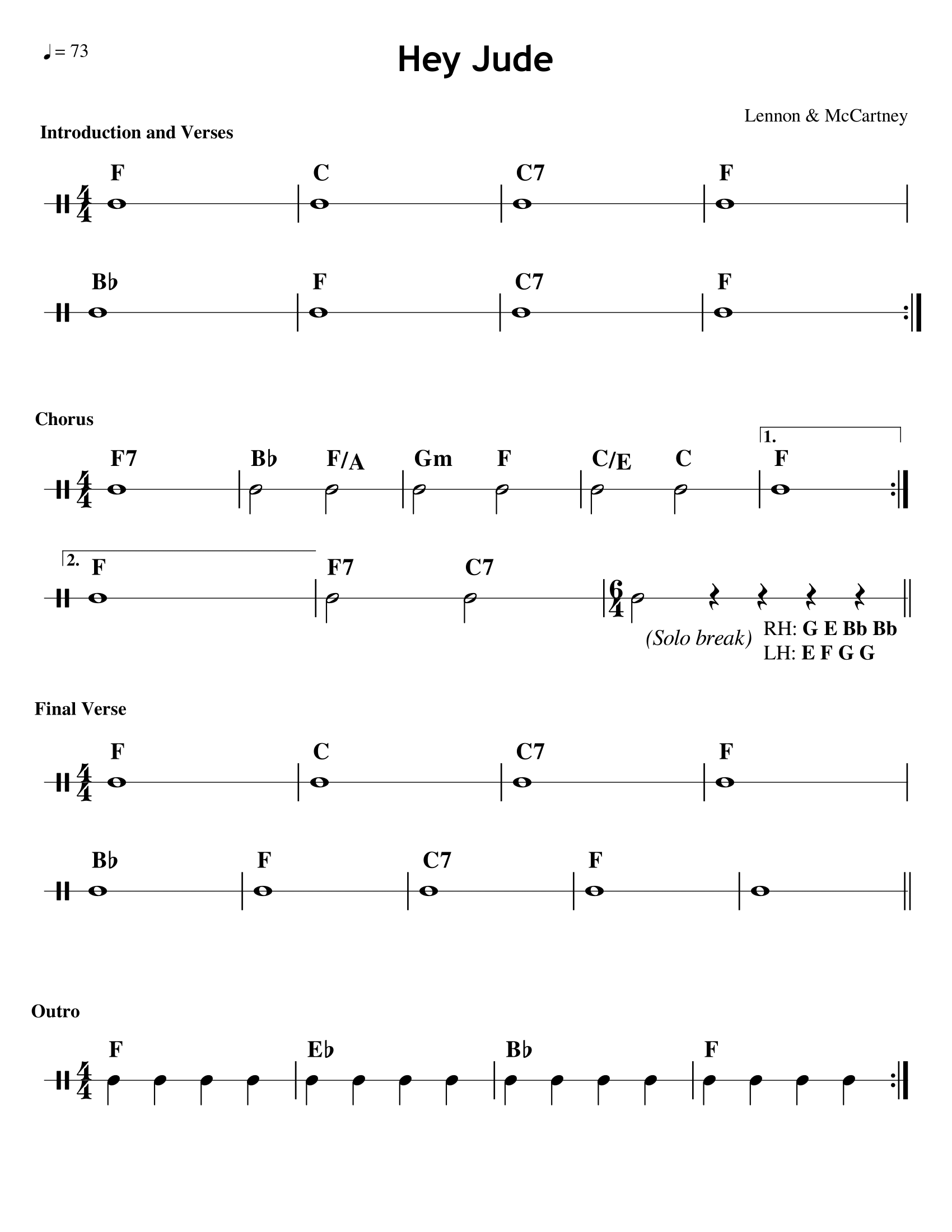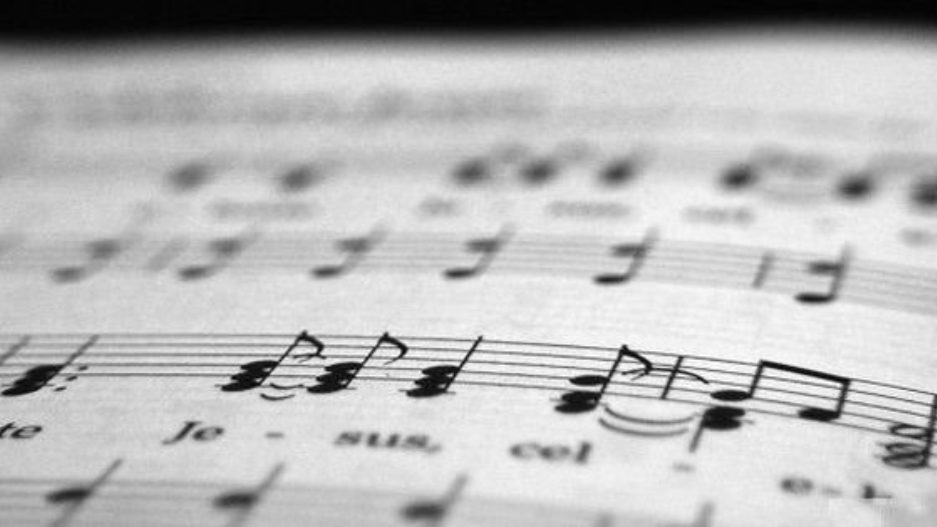This song will make use of the dominant seventh chord, which almost always resolves upward to a chord one perfect fourth above or downward to a chord one perfect fifth below. This is called a dominant progression, and is used to bring a musical phrase or chord progression to a sound of repose or finality. You will often hear a dominant progression at the very end of a song, especially in classical music.

